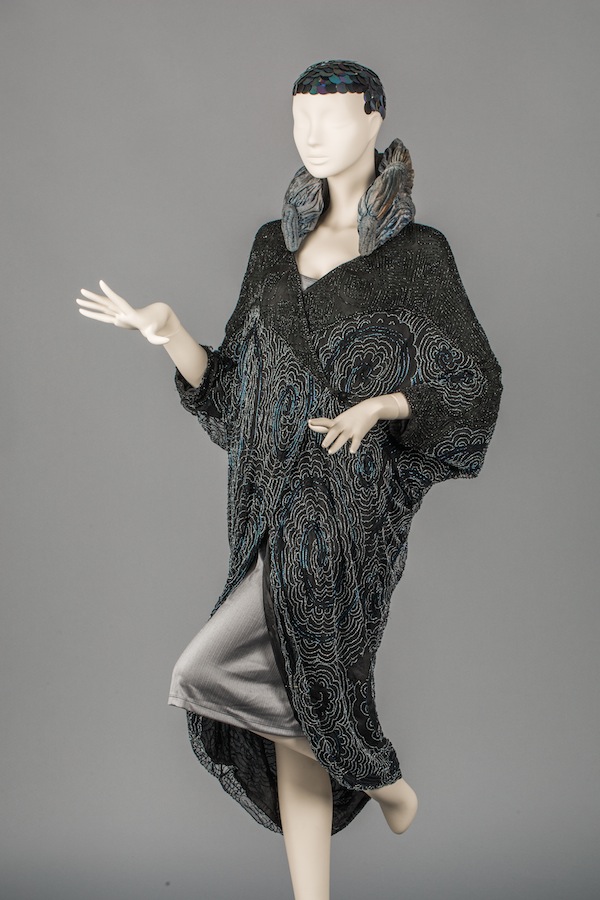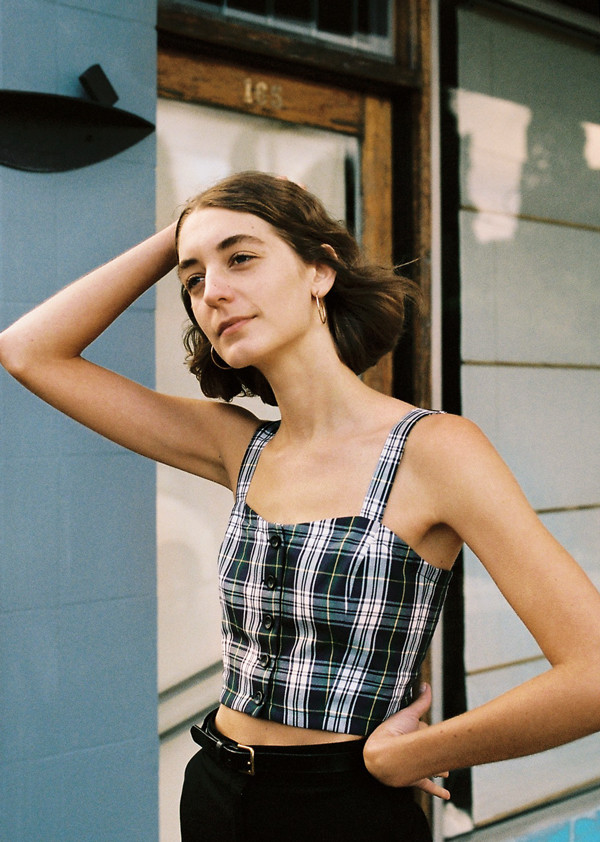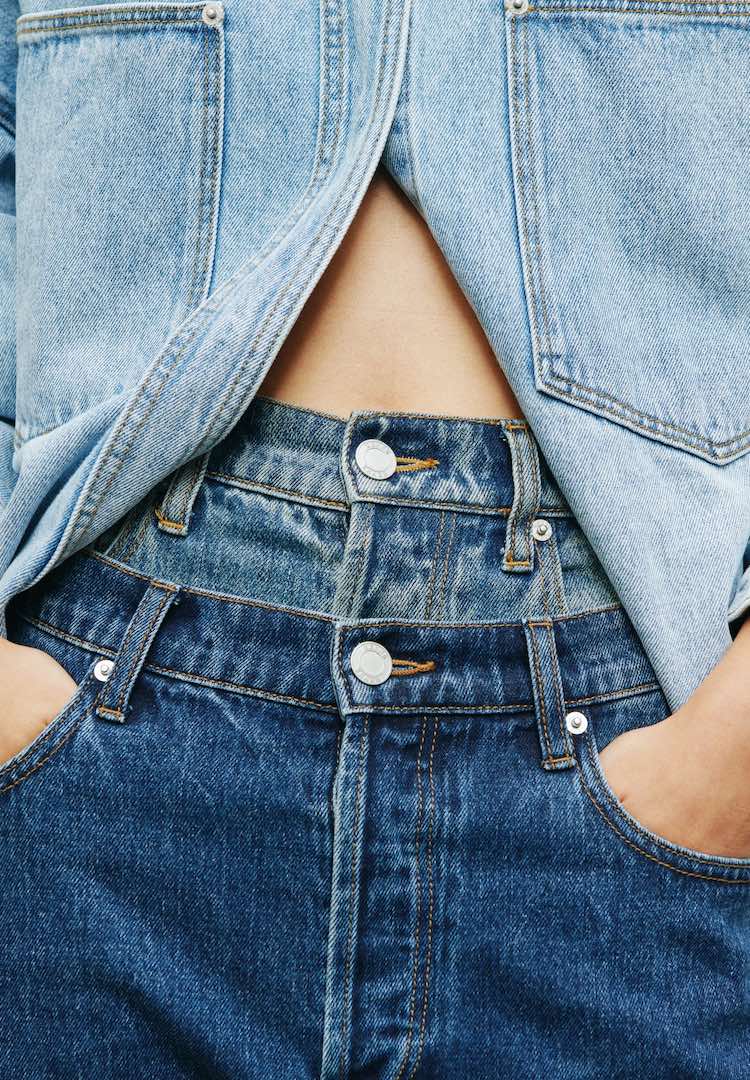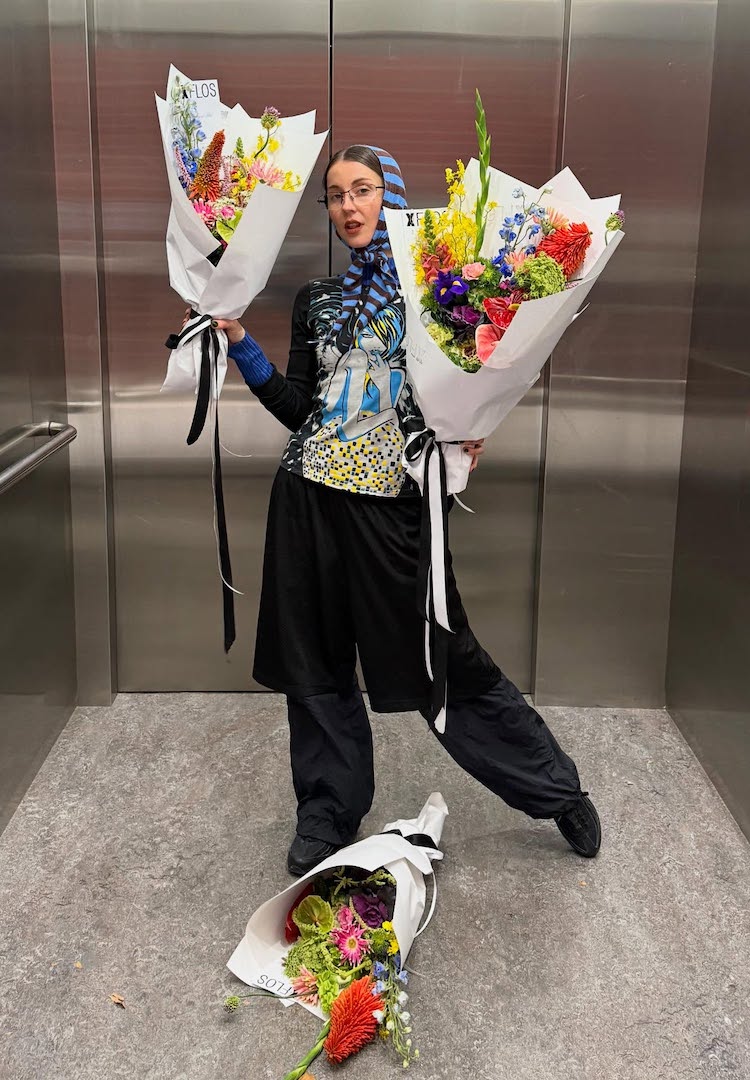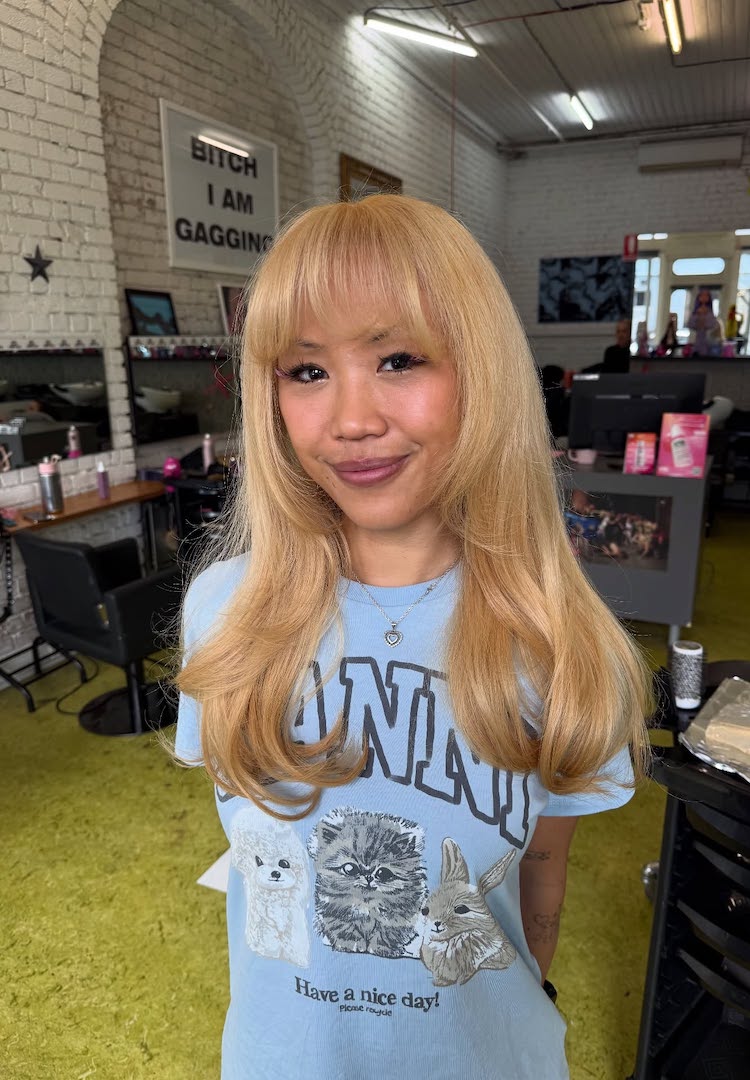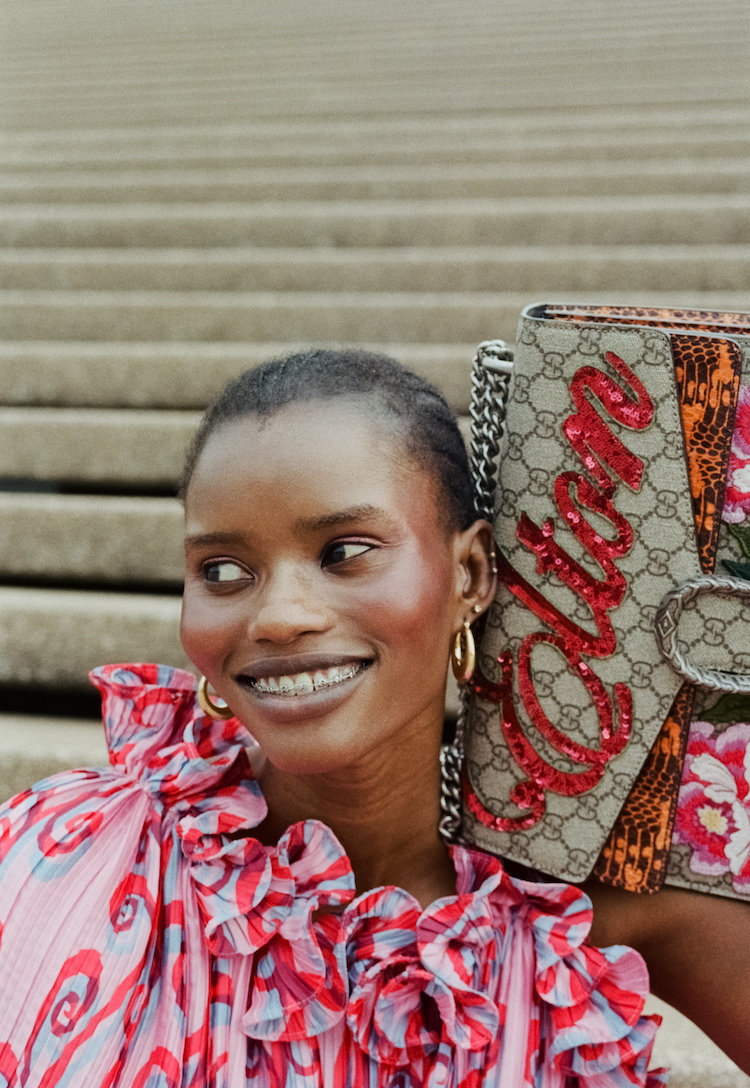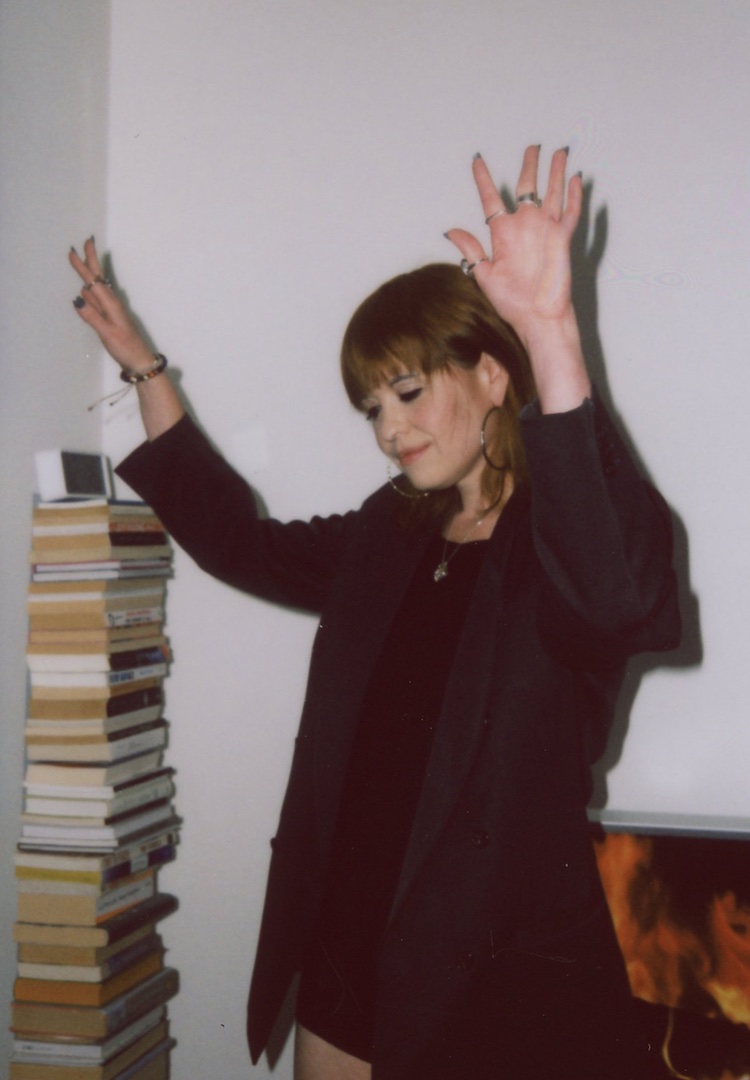How handmade in Melbourne became the new made in China
A look at the generation of local labels championing local production.
Sister Studios. Caves Collect. LIMB. Post Sole Studio. Ken the Label. FME Apparel. Hopeless Lingerie. Kuwaii…
If you’re a Melburnian, you’re probably pretty familiar with a few of these names. You might even have some of these labels hanging in your closet right now.
By no means is this an exhaustive list, and apologies in advance to the key players I’ve forgotten. But it is a list of local labels changing the way our city engages with fashion.
Each of these names were conceived, born and raised in Melbourne. At a pretty uncertain time, when fashion production in Australia was reportedly going extinct, these guys began making local business plans in their bedrooms.
Zara arrived. Topshop followed. H&M came next and UNIQLO wasn’t far behind. Local shoppers, enticed by the idea of inexpensive price tags, flocked to the openings of these fast fashion chains. (Does anyone remember the line to H&M when it opened? That thing snaked around the GPO for WEEEEEEEEKS).
At this point, starting your own brand was a pretty gutsy decision. Your competition was an international conglomerate. Your target audience was hanging out in Bourke Street buying $10 tees. And every other Aussie label was suddenly abandoning ship and moving their production offshore.
But I guess that’s where the brains behind labels like Sister and LIMB saw a small window of opportunity. Instead of moaning about the city’s lack of cool, affordable and ethically-made fashion, they decided to take things into their own hands.
Quite literally, they began making clothes themselves.
Dressing their friends, and then their friend’s friends, they started catching the attention of local fashion kids. Kids who are becoming increasingly aware of the social, economic and environmental detriment caused by the fashion industry.
This generation of emerging labels took the concepts of sustainability and handmade – once terms you’d associate with hemp harem pants and your grandmother’s patchwork – and singularly made them cool.
But how?
They’re capturing the spirit of the times
One of the coolest things about young people in Melbourne, and Australia at-large, is we’re becoming increasingly curious about the backstories of our clothes. Coming of age in a tectonically-shifting shopping climate, instead of surrendering to the madness of Zara at 6pm on a Friday evening, we have begun to ask questions.
Like #whomademyclothes?
Having scratched their heads about this same question, this budding wave of DIY labels began to drip feed our thirst for well-made clothes. And being the socially, politically and ethically engaged generation we are, our hunger for fashion made with intent is pretty insatiable.
These labels saw there was more to millennials than our throwaway culture suggests. They’re capturing this sentiment and sewing it into clothing collections.
They get ‘wearability’
It might sound pretty basic, but there’s something very underrated about clothing you can wear all day without getting a wedgie, sweating unnecessarily or feeling itchy because of poor fabrication. There’s a reason gym gear has started creeping into social settings beyond the gym.
There’s a divide growing between the dress codes of athleisure and evening, and that’s where peeps like FME Apparel step in. Dressing a city of cyclists, artists, PTV commuters and people that appreciate an all-night rave, these labels are making things you can look and, importantly, feel empowered in.
They also get affordability (hear me out)
If you furrowed your brow at this statement, take a second to consider where your understanding of the concept ‘affordable’ comes from.
We live in a world that’s totally desensitised to seeing a dress with a $20 price tag. Thanks to fast fashion, our concept of ‘cheap’ is, in reality, cheap on speed. Take another second to think about all the hands that touched that $20 dress before it hit the rack, and you’ll realise it’s final price is far from indicative of its journey before now.
A piece from Caves Collect might set you back a hundred or so. But factor into this the fact the fabric was locally sourced, the garment was handmade by a person being paid a living wage, and the longevity factor is… very long. And you’ll realise the going rate for home-grown, handmade pieces is pretty darn good.
They’re all about inclusivity and community
If you were lucky enough to make it to the Sunday Sister Fundraiser last year, you would have found yourself surrounded by a bunch of like-minded, very well dressed ladies and lads supporting a good cause and having a good time.
A quick scroll through the Instagram feeds of any of these labels will bring you to a bunch of photos showcasing a community of local ladies – some faces you might even recognise as mates of your own. The presence of highly-stylised, ultra-intimidating editorial shoots is kept to a comfortable minimum.
Take the Girls of Kuwaii series for example. It champions real women, doing real stuff, while wearing real clothes. Not only do initiatives like these make you feel like you wanna join the fun, but they make you feel like you can.
While this home-grown generation of made-by-hand labels has blossomed to enjoy international followings, I think they extract their unique identities from dressing their bread-and-butter customer – girls and boys like you and me.
And by doing so, they’ve ultimately encouraged us to think deeper about the impact of our clothes. They’ve pioneered a handmade renaissance. They’ve breathed life into local factories that were being rendered defunct. They’ve given us an alternative to poorly-made clothing from distant shores.
And they’ve made it look really, really, really good. Cool, huh?

